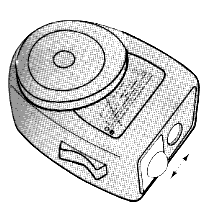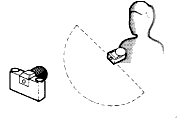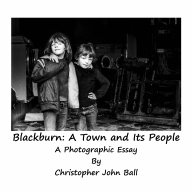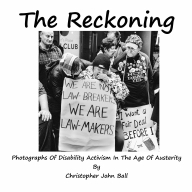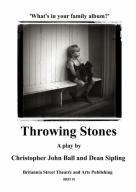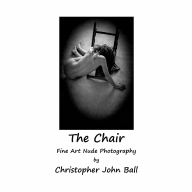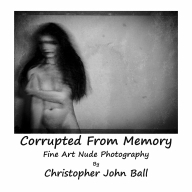
A Short Introduction on How to Use a Hand Held Exposure Meter By Christopher John Ball:

Tweet
Though almost all of today's cameras come with a 'built-in' light meter this doesn't mean that the good old fashioned 'hand-held' meter should be thrown away as useless. Many photographic subjects, such as the human figure, actually benefit from the use of a hand held meter. They are very easy to use and, with a little thought, will allow for greater control in your image making practice.
Typical exposure meter Invercone for incident reading There are 4 main ways of using an external exposure meter. These are:
Reading off a grey card:
The card is held in a position that allows it to receive the same light as the subject. The reading is then taken by measuring the light reflected off the card. This should give an average of the lightest and darkest areas of the photograph. Care must be taken so as not to allow any shadows to fall, from the meter or the photographer, onto the card. This can be a very good way of making an exposure reading and cards of the correct type are available from photographic stores.
Reflected light meter reading:
The meter is pointed, with any invercone removed, towards the subject. Most meters have an angle of view that is close to a standard lens. This method of exposure reading gives an average and the most important part of the photograph may not be the largest area within the image. For example; if your subject is against a large dark background the meter may indicate a reading that overexposes the subject, therefore this has to be taken into account. Also, if you are selecting another lens type, i.e. long focus, the meter angle of view will differ, in this case one may choose to use a spot meter.
Incident meter reading:
With this method the meter you are using must have an 'invercone'. This is a white plastic diffusing dome that is placed over the meters window. In use the meter is placed in the same position as the subject but pointing towards the camera. The invercone transmits 18 % of the light in the same manner as a grey card. It is widely favoured by photographers using reversal films ( slide or transparency ). This method is not appropriate for close-up photography.
Brightness-range reading:
The photographer decides which are the lightest and which are the darkest parts of the subject to be photographed and then makes readings of both these areas. This must be done from as close as possible so as to exclude everything else. The photographer must be careful not to allow shadows, from the meter or photographer, to fall upon these areas. Next the photographer takes both readings and splits the difference. This difference is the exposure value the photographer will use to make the image. This method can prove useful in situations of subject extremes but you may need to adjust develop times etc. for the film to be able to record such a range.
July 2024 Several books, featuring Christopher John Ball's photographs, are now available through Amazon or click on an image below to purchase via secure payments on lulu.com

Tweet



